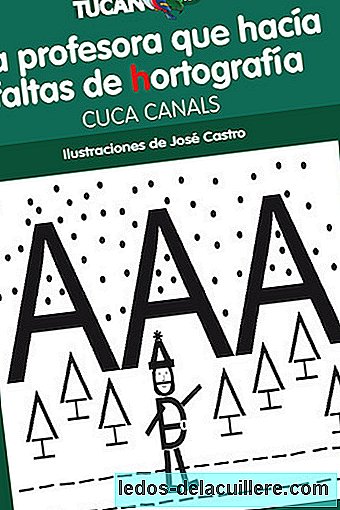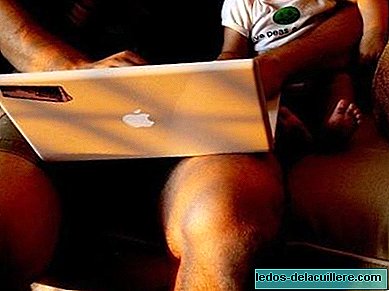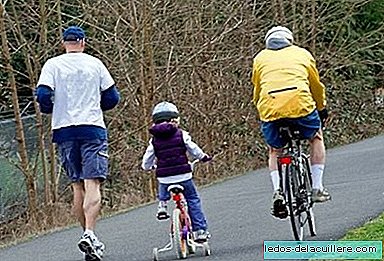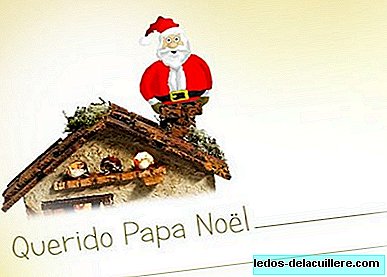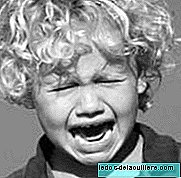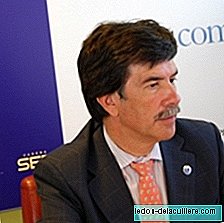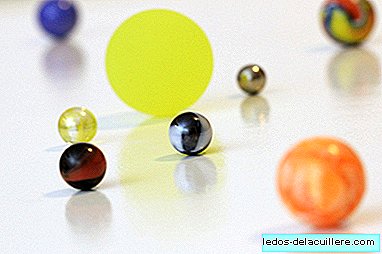
Today many will have known thanks to the Google doodle that is celebrated on 540 anniversary of the birth of Nicolás Copernicus, whose heliocentric model is considered one of the most important theories in the scientific history of Humanity.
The famous Polish astronomer was orphaned with only 10 years, and later he would study canon law, influenced by a relative under the tutelage of his parents when he died. At 27 he got a PhD in astronomy, turning his interest in the subject into a university degree and shortly after he would start studying medicine. So he was a great scholar in several fields, but he also showed himself as a very observant man.
Finished his heliocentric theory (it cost him 25 years of work) that expanded despite his detractors, his work would give rise to Galileo, Brahe and Kepler laying the foundations of astronomy.
 Statue of Nicolás Copernico at the Polish Academy of Sciences
Statue of Nicolás Copernico at the Polish Academy of Sciences'The revolutions of the celestial orbs' defends that the planets orbit around the sun (at that time Uranus and Neptune were not known), that the stars are at a distance greater than the sun, and that the earth's movements are: daily rotation, annual revolution and annual inclination of the axis .
I tell you this because surely many of you have children who they are curious about the movement of planets around the sun, or astronomy in general, and I think it is important that they know who has laid the foundations of current knowledge.
How do planets move?
There is an experiment that I once did with my children and it is not difficult to do, It helps young children understand how planets are placed around the sun and how they orbit.
We need:
Balls of different sizes that - if possible - they have colors similar to those of the planets of the solar system (red for Mars, blue for Earth, yellow for the sun ...). Ideally the balls should also be of different size so that (for example) Neptune was not larger than Jupiter. Marbles are also worth it.
As it is very difficult for us to get the exact proportions, we will use a permanent marker to write the name of the planets on the balls. We also need a chalk if we do the activity abroad or a black marker / pencil if we do it inside.
How do we do it:
It's as simple as draw all the orbits on the ground (You know they are elliptical), place the sun in the center, and then the planets in order. You can let the kids see an application like this, and then experiment with their planets while moving them with their hands.
This makes it easier for them to understand the relationship between the distance to the sun and the time it takes for a planet to perform the translation, and you can even play with the Earth interspersing the rotation so that they see how half of the sphere that the sun's rays do not reach is dark, and that is why it is night.
(To achieve the latter with more precision, instead of a ball, the Sun could be represented by a small and short source of light that will throw the light to the sides).
Before finishing I want to share with you this static representation of the Solar System that I have found, and we can use it to illustrate our children and their playmates in the park.
Are you going to tell them who Copernicus was to the children?
Images | ReillyButler, b1mbo, Raising Little Rhodies More information | Biography of Copernicus for children in Proyecto Azul En Peques y Más | The book of the Cosmic Solar Systemaurus to spread astronomy among children



